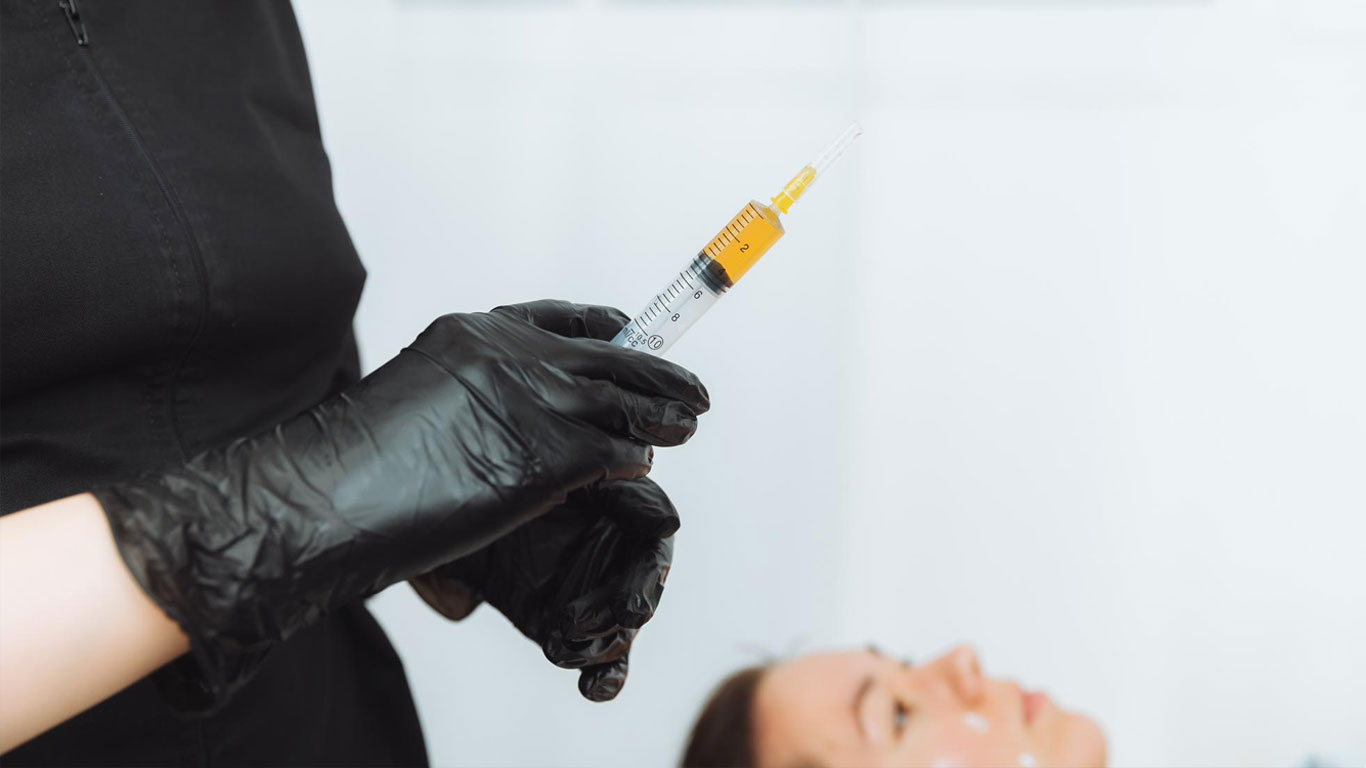Joint pain, whether from arthritis, injury, or overuse, can be debilitating. The constant ache, stiffness, and reduced mobility can severely impact your quality of life. While traditional treatments like anti-inflammatory medications, physical therapy, or even surgery are common go-tos, there’s a breakthrough option that’s capturing the attention of both patients and medical professionals alike: Platelet-Rich Plasma (PRP) injections.
What Are PRP Injections?
Imagine harnessing your body’s own healing powers to treat your joint pain. That’s the essence of PRP therapy. PRP injections involve drawing a small amount of your blood, processing it to concentrate the platelets, and then injecting this powerful plasma directly into the affected joint. These platelets contain growth factors that stimulate tissue repair and reduce inflammation, making them a natural solution for pain relief.
Why PRP Injections Are Gaining Popularity
PRP therapy isn’t just a fad—it’s grounded in science. Originally used to accelerate recovery in athletes, PRP injections are now available to anyone looking for an alternative to surgery or long-term medication. Here’s why more people are turning to PRP for joint pain:
- Minimal Downtime: Unlike surgery, which requires significant recovery time, PRP injections allow you to get back to your daily routine relatively quickly.
- Natural Healing: Since PRP uses your own blood, it’s a natural treatment with a low risk of adverse reactions.
- Customizable Treatment: PRP can be tailored to target specific areas of pain, making it an effective option for various types of joint issues, from knees and hips to shoulders and elbows.
- Long-Term Benefits: While results vary, many patients experience lasting relief from joint pain, making it a viable long-term solution.
The PRP Injection Process: What to Expect
Wondering what the procedure involves? It’s straightforward and typically completed in under an hour. After a blood draw, your sample is placed in a centrifuge to isolate the platelet-rich plasma. This concentrated PRP is then injected into the joint under ultrasound guidance to ensure precision.
Most patients report minimal discomfort during the procedure, and while some may experience mild swelling or soreness post-injection, these symptoms usually subside quickly.
Is PRP Right for You?
While PRP therapy offers promising results, it’s not a one-size-fits-all solution. It’s most effective for mild to moderate joint pain and works best in combination with other treatments like physical therapy. If you’re considering PRP, it’s essential to consult with a qualified healthcare provider to assess whether this treatment is suitable for your specific condition.
Conclusion: Embrace a Future Without Joint Pain
PRP injections represent a significant advancement in the treatment of joint pain, offering a less invasive, more natural alternative to traditional methods. If you’ve been battling joint pain and are seeking a solution that taps into the healing power of your own body, PRP might be the breakthrough you’ve been waiting for.
Remember, your joints are essential to your mobility and overall well-being. Don’t let joint pain control your life—explore the benefits of PRP injections and take the first step toward a pain-free future today.






Leave A Comment